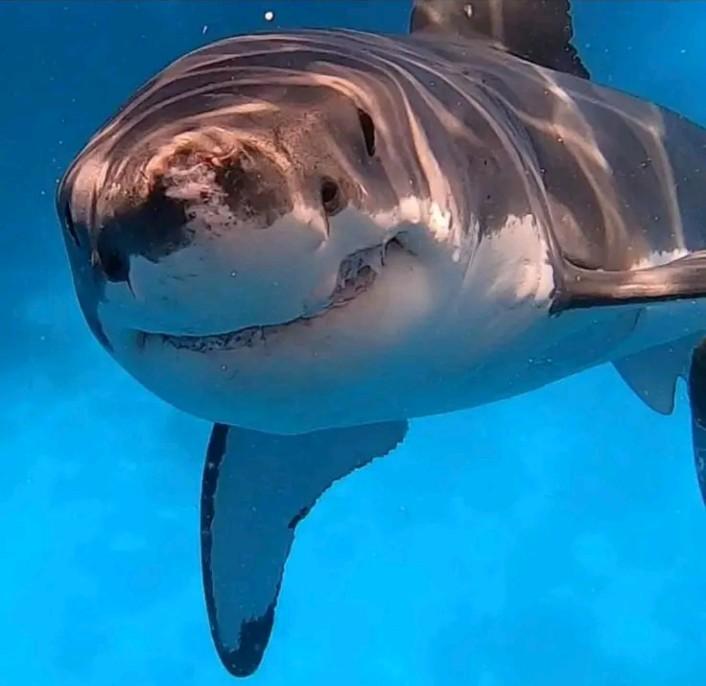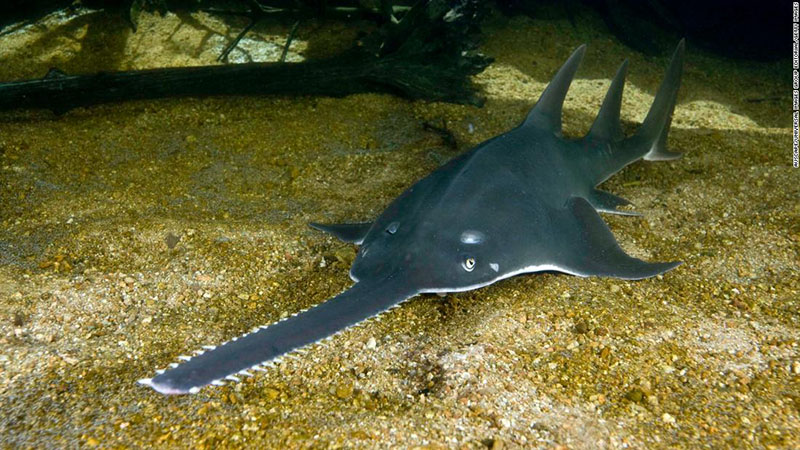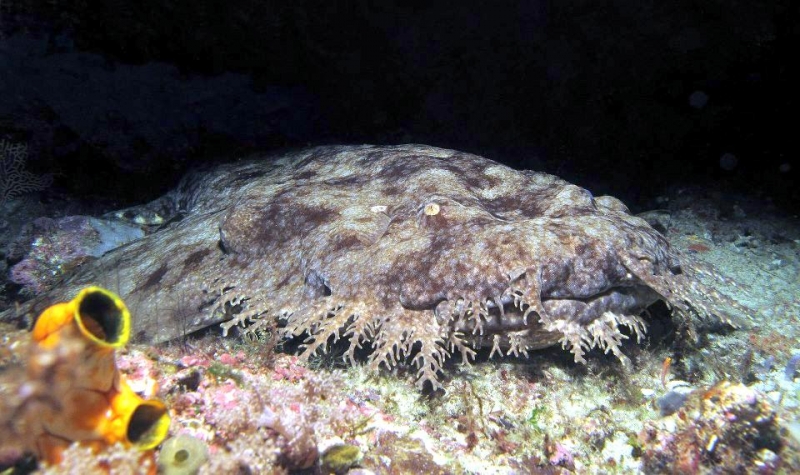Sharks
blah

Sharks are predatory, cartilaginous fish in the clade Selachimorpha. They are related to other fish with skeletons made of cartilage, such as rays and skates. Sharks have a wide array of highly developed senses which they use to hunt prey, and are the apex predators in many marine ecosystems.
Sharks are one of the most feared animals out there. Movies like Jaws and sensationalist TV programs like Shark Week have made them seem like monsters, always lurking somewhere in the ocean, just waiting to take a bite out of a squishy human. They can reach massive sizes, and everyone has seen their rows of sharp teeth. Some of the creepiest facts about sharks are lesser known. For one, sharks are able to detect prey they can't even see, using a tiny organs in their snouts called the ampullae of Lorenzini which detect the electrical currents generated by muscle movements. Goblin sharks are a deep sea species with the ability to extend their jaws out and snap them shut like a trap around their prey. Many species of sharks have eggs which hatch in the womb, and feed their embryos as they develop by allowing them to eat each other in utero.
Despite their frightening traits, sharks actually pose little threat to humans as they much prefer to prey on fish, other sharks, crustaceans, and various ocean creatures. A person is more likely to be bitten by a dog or struck by lightning than to be bitten by a shark. Shark bites do happen, but the best way to avoid them is to educate yourself on the behaviour of sharks in your area, not to fear the ocean.
Sharks get a lot bigger, weirder, and goofier than the stereotypical great whites and bull sharks. The largest sharks are filter feeders, including the megamouth shark which averages 5.2 meters, basking shark which reaches 7.9 meters, and the 12 meter whale shark, the largest fish in the world. Similarly to baleen whales, they feed by trapping tiny plankton, using structures around their gills to strain them from the water.
Many sharks have evolved odd body shapes as well. Many people know about the hammerhead shark, but they may not know that there are 7 species of hammerhead, like the winghead shark whose head can be up to half its body length, or the bonnethead shark whose head is shaped like a shovel. The widened head gives these sharks better binocular vision, and perhaps more room for their ampullae of Lorenzini. Hammerheads aren't the only ones- thresher sharks and sawfish have extended their tails and snouts, respectively, into long structures which they slap through the water to soften up their prey before feeding time.


Some of the silliest sharks out there are the wobbegongs, or carpet sharks. These sharks took a cue from their cousins, the rays and skates, by becoming flattened to lie in wait for prey swimming above them. Just take a look at this guy, he looks like a wise old dragon:

Not so scary now, are they?